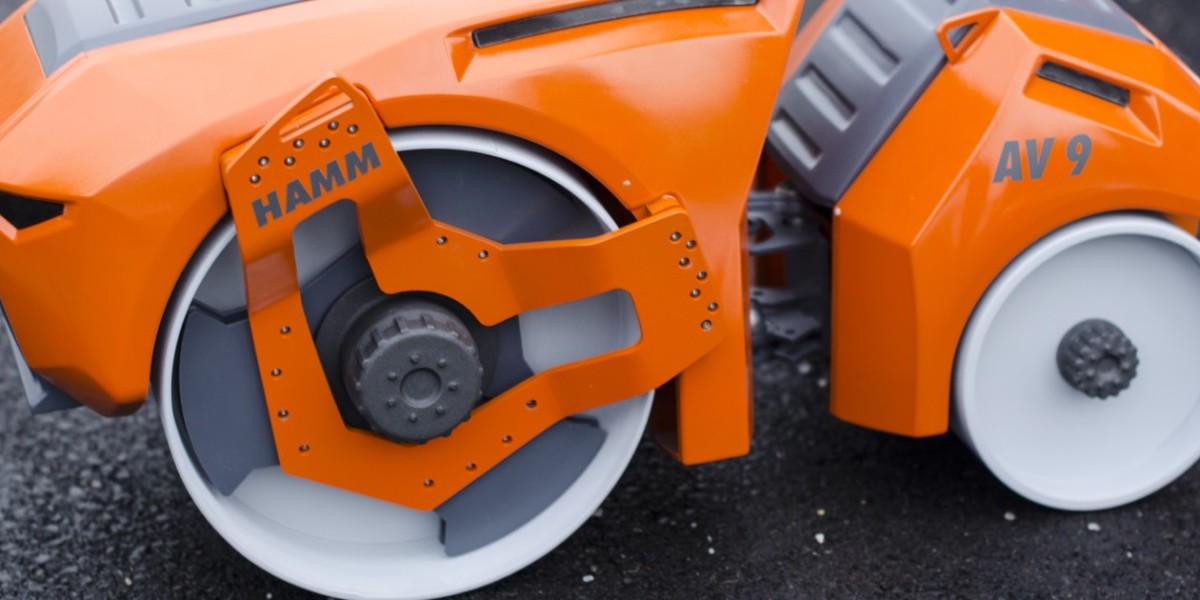In the realm of automotive technology, the debate over whether car rear cameras are a necessity or a luxury has become increasingly relevant. As advancements in safety and convenience features continue to shape the modern driving experience, the integration of rearview cameras has sparked discussions about their essential role in vehicle safety versus their status as a high-end add-on.

This article delves into the various perspectives surrounding this debate and explores the factors that contribute to the evolving landscape of car rear cameras.
- Evolution of Safety Standards:
Over the years, safety standards for vehicles have evolved, with a growing emphasis on accident prevention and driver assistance. Car rear cameras have emerged as a response to this shift, providing drivers with an additional tool to enhance their awareness of their surroundings, especially in the blind spots behind the vehicle. Proponents argue that these cameras have become an integral part of contemporary safety standards, contributing significantly to accident avoidance.
- Accident Prevention and Mitigation:
One of the primary arguments in favor of rear cameras as a necessity is their role in preventing accidents, particularly those that occur during parking or in situations where visibility is limited. The ability to see obstacles, pedestrians, or other vehicles in the rearview can prevent collisions and reduce the likelihood of accidents, making rear cameras a crucial safety feature.
- Regulatory Mandates:
In response to the increasing importance of rearview cameras in safety, some regions have implemented regulatory mandates requiring the inclusion of these devices in new vehicles. The rationale behind such mandates is to standardize safety features and mitigate the risk of accidents caused by blind spots. This shift in regulations suggests a consensus among authorities that rear cameras are not merely a luxury but a fundamental safety component.
- Technological Advancements:
As technology continues to advance, the cost of manufacturing rear cameras has decreased, making them more accessible to a broader range of vehicles. This trend challenges the notion that rear cameras are exclusively a luxury feature. The integration of these cameras into mainstream vehicle models suggests a democratization of the technology, reinforcing the idea that they are becoming more of a standard feature than a premium add-on.
- Driver Assistance Systems:
Modern vehicles often come equipped with various driver assistance systems, and rear cameras play a crucial role in these setups. From parking assistance to collision warnings, the integration of rear cameras into these systems enhances overall vehicle safety and functionality. This integration reinforces the argument that rear cameras are not just a luxury but a necessity in the context of comprehensive driver assistance.
- Consumer Preferences:
While rear cameras are increasingly becoming standard in many vehicles, some argue that their necessity depends on individual driving habits and preferences. Some drivers may feel confident relying on traditional mirrors and sensors, considering rear cameras an added convenience rather than a crucial component. This diversity in perspectives highlights the subjective nature of the debate.
Conclusion:
In the ongoing discourse surrounding car rear cameras, the lines between necessity and luxury are becoming blurred. The undeniable safety benefits, coupled with regulatory initiatives and technological advancements, suggest a shifting paradigm where rear cameras are transitioning from a luxury to a safety feature expected in modern vehicles. As the automotive industry continues to prioritize safety and innovation, it is likely that rear cameras will increasingly be viewed as a fundamental necessity rather than an optional luxury.










